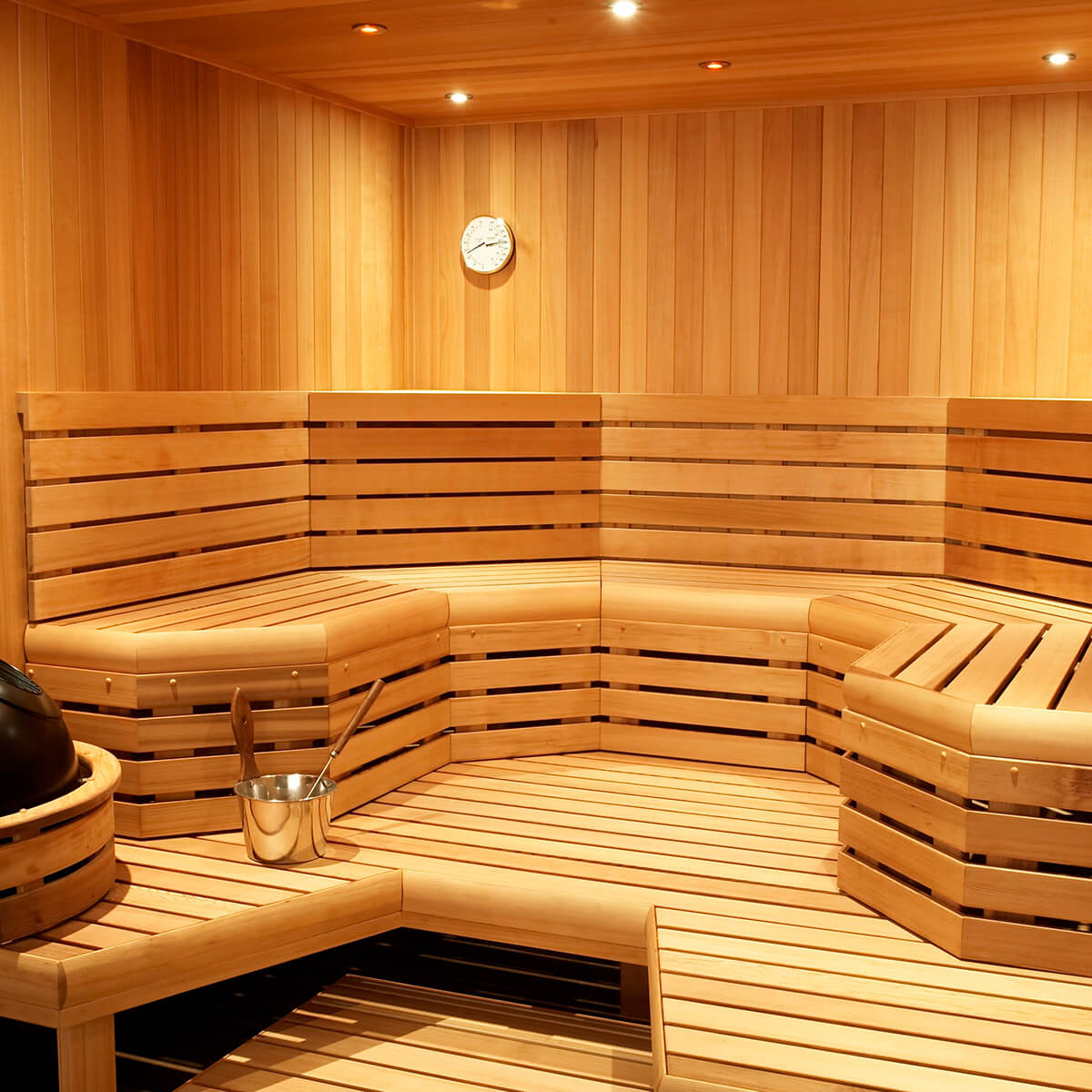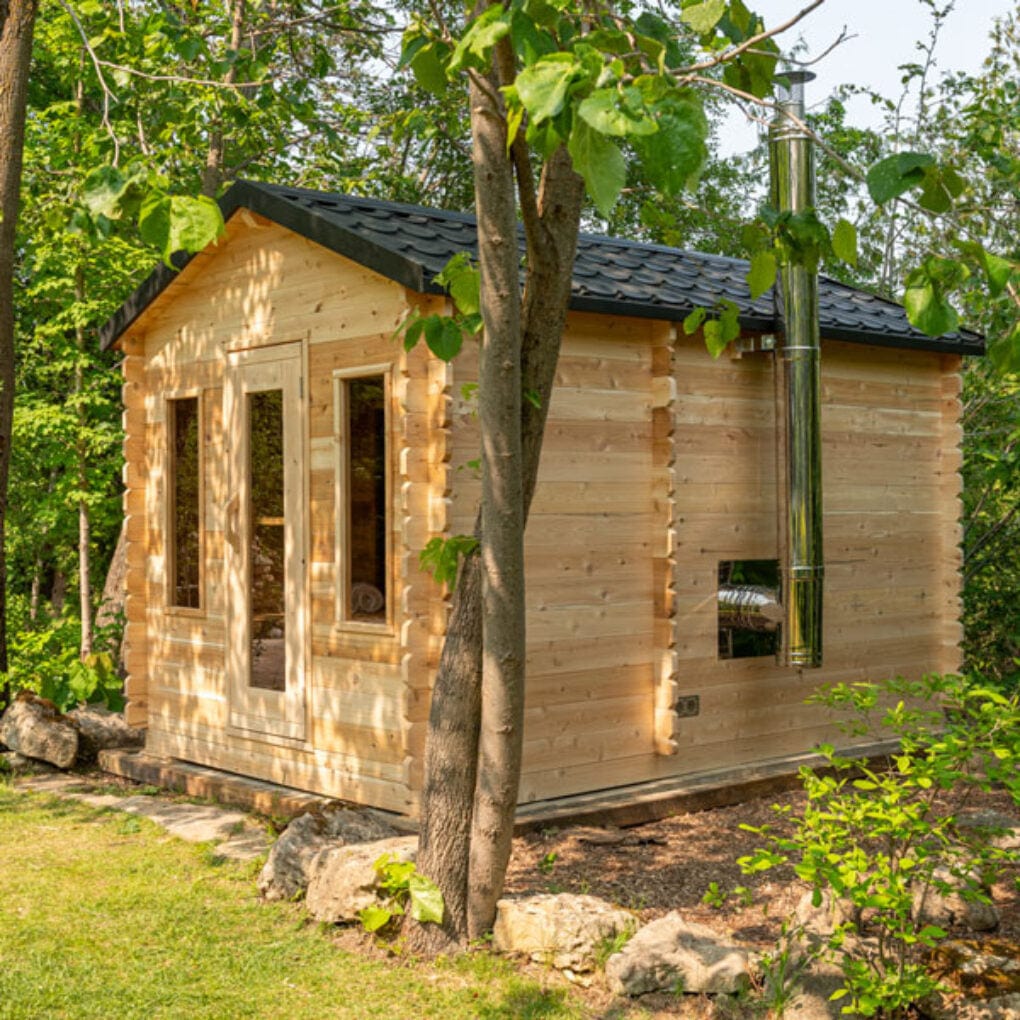9 Easy Facts About Traditional Sauna Described
9 Easy Facts About Traditional Sauna Described
Blog Article
Traditional Sauna Fundamentals Explained
Table of ContentsThe Traditional Sauna DiariesSome Ideas on Traditional Sauna You Should Know9 Simple Techniques For Traditional SaunaThe Definitive Guide for Traditional Sauna
The majority of the weight shed in a sauna is water loss and is re-gained upon rehydrating. Without an uncertainty sauna can be a crucial component of a healthy and balanced weight loss program. To consider the differences in between standard and IR saunas, I will certainly separate these into verifiable, theoretical, and fabricated distinctions.Hence, the best point in the saunawhich is at the ceiling directly over the sauna heateris usually in between 185 and 190 F. Traditional Sauna. Claims that a standard sauna goes beyond 200 F is simply not real and not suitable for electric saunas sold in the United States. The temperature level for a far-infrared sauna is normally set in between 120 and 140 F; however, unlike the standard sauna, the objective in and IR room is not to achieve a high temperature
Due to this, the temperature distinction is nearly unnecessary, because profuse sweating leads to both sauna types, but the approach of warming the body is different. In an IR sauna the bather will certainly feel warm and will sweat a lot, yet at much reduced temperature levels. Therefore, if the goal is to invest longer time periods in the sauna, the IR sauna is a good choice.

About Traditional Sauna
When the high temperature is attained, the components cycle on and off to keep the heat. The majority of typical sauna users enjoy putting water over the rocks to create heavy steam to increase sauna moisture levels. The benefits of putting water over the rocks consist of: making the room more comfortable, dampening the nasal flows, and allowing the use of aromatherapy by blending vital oils with the water.
In a far-infrared sauna, the warmth waves permeate the body to successfully warm the body and elevate the body core temperature. To achieve this increased temperature, Far-infrared emitters create infrared energy which is close to the very same wavelength as that which the body normally emitsoften described as the "Essential Array" of 7 to 14 microns), so the energy is well received by the body.
When the energy enters the body, it causes the body temperature level to boost and ultimately causes perspiration. In an infrared sauna it's vital for the emitters/heaters to remain on virtually continuously. Since there find here is no mass of rocks to maintain heat, the sauna will cool if the emitters closed off.
As pointed out above, the sauna bather in an infrared area wishes to position himself before running emitters to obtain maximum take advantage of the warmth. The home heating time for the 2 spaces can be very various, depending on just how the rooms are made use of. For a conventional sauna, a bather ought to permit 30-40 mins for the space to achieve a desired temperature and to appropriately pre-heat the rocks.
The Ultimate Guide To Traditional Sauna
A well built sauna will commonly accomplish a temperature level of 150-160 F in about 30-40 minutes (Traditional Sauna). For hotter temperatures, the room may need to warm for a longer period. When the room accomplishes set temperature level, the heater will certainly cycle on and off, commonly operating concerning 50% of the time. The protected wall surfaces and the heated rocks will maintain the area warm and at secure temperature levels.
To some, 15 mins was "wasted" while the infrared energy heated up the timber panels instead of heating a body, while others locate a pre-heated room to be extra comfortable and think a raised beginning temperature is necessary to begin sweating. The size of recommended use for each and Extra resources every area is around the exact same (10-15 mins per session); nonetheless, as a result of the reduced air temperatures and the ability to really feel the results of infrared warmth faster than a traditional sauna, it is not unusual for an individual to spend a total amount of 20-30 mins in an infrared sauna.
Traditional saunas have a tendency to be bigger (for this reason utilize more power) than infrared saunas, although conventional saunas are certainly available in one and two person dimensions. For a two-person standard sauna, 5x6 or 5x7 size is most popular. The leading bench can comfortably seat 2 or three people and is additionally long sufficient to rest during the sauna session.


The ordinary expense per kWH of electrical power in the united state is about $0.11, so a 4.5 kW heating system will certainly set you back about $.50 to run for one hour, if the heating system runs constantly for one hour. Usually a sauna heater will compete 75% of the first hour and 50% of succeeding hours on since the aspects cycle once the established temperature is attained.
Traditional Sauna - Truths
A two person far-infrared room is usually physically smaller than a go to the website conventional sauna, usually regarding 4' x 4' or smaller. The IR heating system is usually 1.5-1.7 kW utilizing a 120 volt 15 amp plug-in solution. Given that the space can be utilized earlier than a sauna room, we will certainly think the room is utilized for to of an hour including warm up time.
Ultimately, there is a hardly ever gone over distinction in the social experience between both areas. While our society has lost some of the social advantage of the typical sauna experience, it can be very socially fulfilling. From household time in the sauna, to heart-felt conversations with better halves, to sauna partiesthe conventional sauna experience can cause intimate interacting socially.
Many higher end infrared rooms include tinted light treatment, sound systems and full-glass fronts.
Report this page